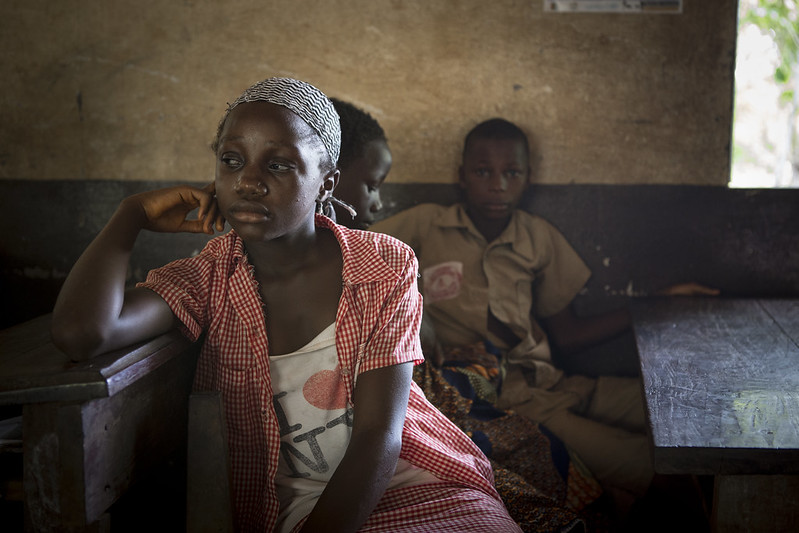
Expert analysis
20 November 2014
Displaced by disease: 5 displacement patterns emerging from the Ebola epidemic
Universal health coverage and global health security
Faced with a public health emergency such as Ebola, timely and affordable access to effective diagnostics, medicines, and vaccines is crucial to provide an adequate response to this individual and collective health security issue, and is central to the realisation of the right to health.
Advisor/Consultant to the WHO
See also


